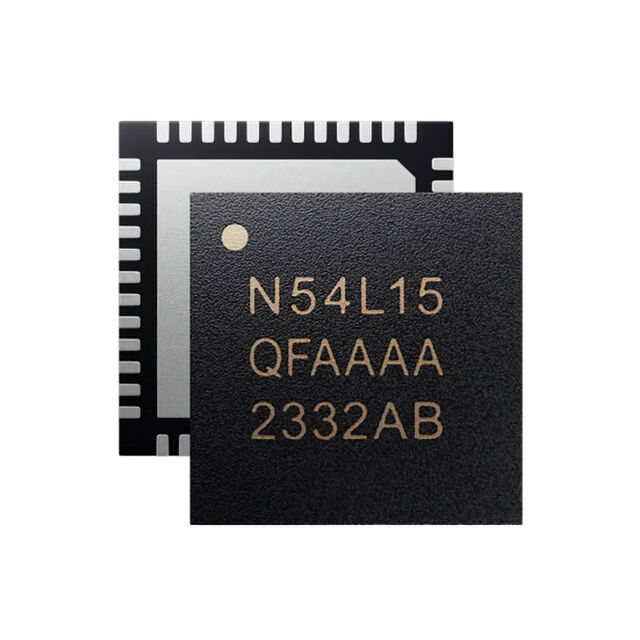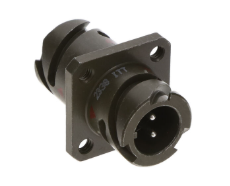Kickboxing competition puts humanoid robots to the test
The growth in humanoid robots is being heralded for the advantages it will bring to sectors suffering from labour shortages where humans don’t want to perform repetitive, monotonous tasks - such as logistics and manufacturing.
However, a recent kick-boxing competition held in China flexed other capabilities of humanoid robots, as two robots fought one another while people watched on.
The competition was part of the China Media Group World Robot Competition, organised by China Media Group, a state-owned media conglomerate. The robots that fought were developed by Unitree Robotics, a Chinese-based robotics company that specialises in developing quadruped and humanoid robotics.
Unitree came out of its founder Wang Xingxing’s postgraduate research at Shanghai University during which he developed his first quadruped prototype, XDog, in 2016. H1, its first general-purpose humanoid robot, was released in April 2024. The technology powering H1 includes 3D LiDAR technology for positioning and navigation along with AI training.
This is not the first example of humanoid robots competing, as manufacturers are keen to demonstrate progress made. In April this year, a half marathon held in Beijing oversaw the inclusion alongside human runners - with the fastest finisher completing in two hours, 40 minutes and 42 seconds, a time that likely contended with other human runners.
The global market is projected to reach approximately $13.25 billion by 2025, with manufacturing, logistics and healthcare driving growth - sectors where humanoid robots are being considered for tasks challenging for conventional machinery to complete. Players operating in this market, such as Boston Dynamics and Agility Robotics, are already testing the viability of humanoid robotics to complete tasks such as material handling and automotive manufacturing.







